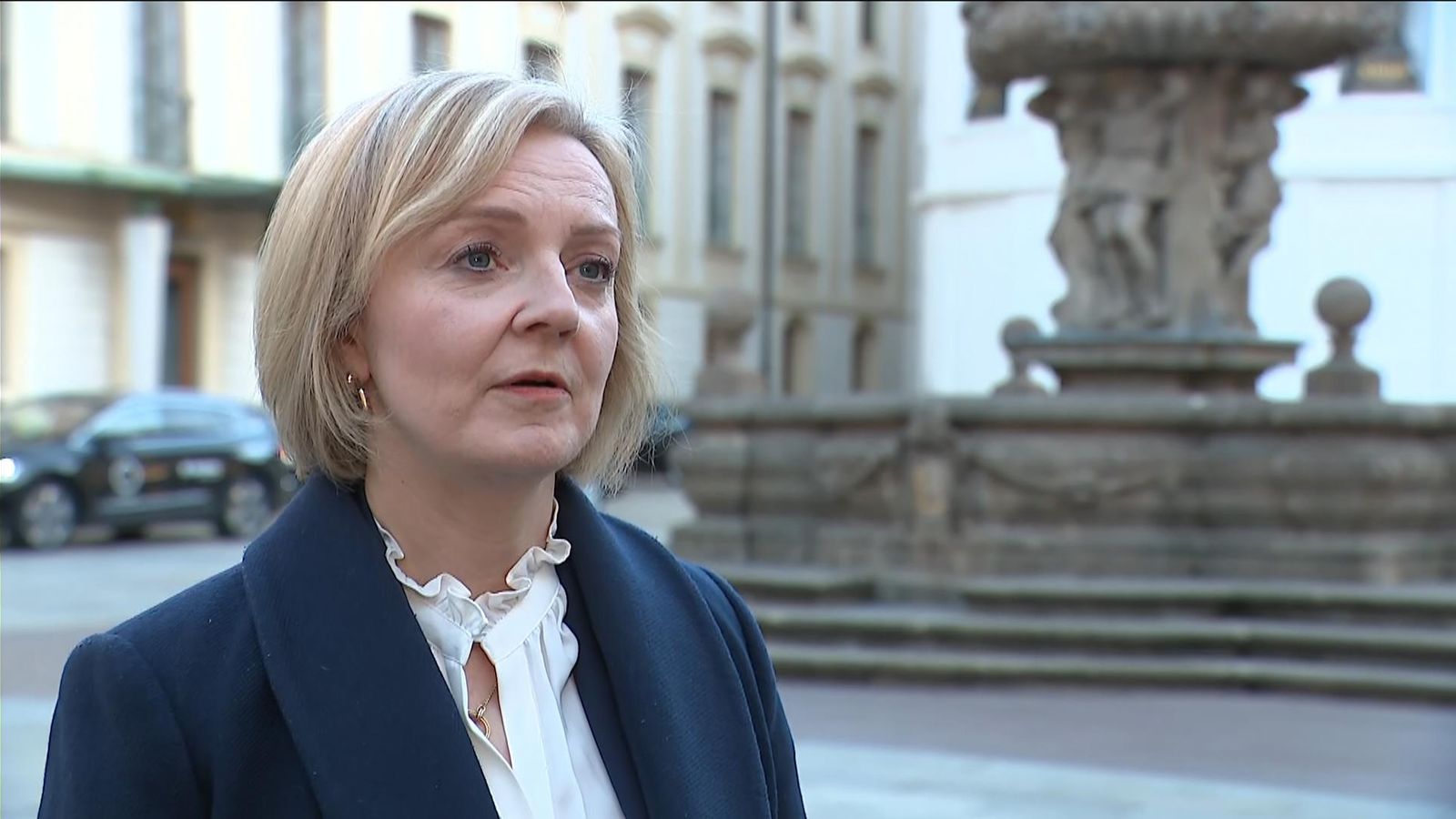The Office of Science and Technology Policy (OSTP) has reached out to the public to get their opinion about the recent crypto executive order signed by President Joe Biden in the White House. Specifically, the OSTP wants to find out what the public thinks about the energy and climate implications relating to digital assets.
The study has already commenced, and it seeks to find out how to offset energy use in the cryptocurrency industry.
The Opinion Poll Is Part Of Biden’s Executive Order On Digital Assets
The executive order signed by the President directed various federal agencies to determine the implications and impact of digital assets in the economy. The executive order considers six major areas, including responsible innovation, financial inclusion, financial stability, combating illicit financial activity, the United States’ global financial leadership, as well as consumer and investor protection.
The OSTP invited the general public and other stakeholders to get their opinion about the different factors that impact energy use and the effect they have on climate change. It also sought to know the impact of cryptocurrencies and digital assets on the environment.
The invitation is in line with the President’s executive order, which requires the OSTP to submit its reports on the assessment of digital assets. Based on the order, the OSTP is required to identify factors that can have a direct impact on climate and energy concerns.
It seeks more insights on the economics, hardware, resources, protocols, and other factors that affect energy use and the impact of all forms of digital assets on the climate.
The Invitation Also Seeks Potential Benefits Of Digital Assets
Apart from the climate impact of digital assets, the OSTP also seeks to find out their potential benefits. Comments on the matter will be open to the general public until May 9, 2022.
Based on the notice, the U.S. government will look at the findings when deciding on industry growth or future developments related to digital assets.
Your capital is at risk.
Read more:








